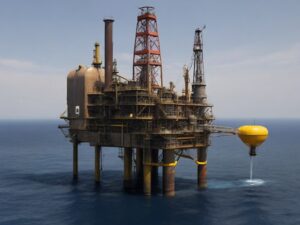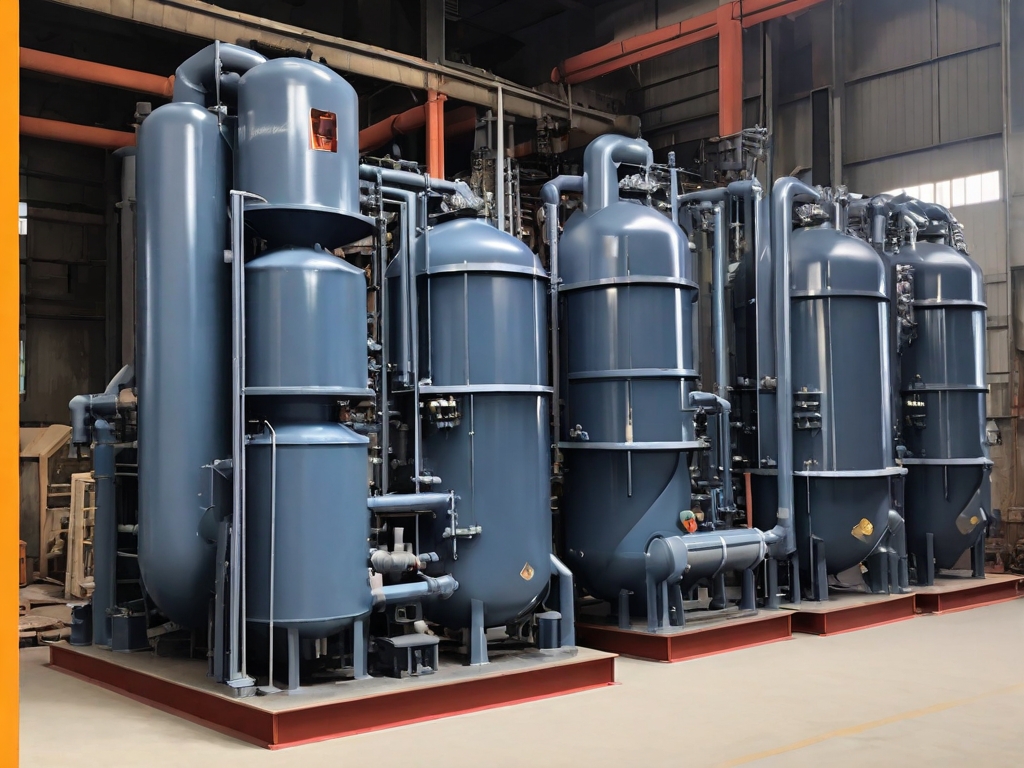As the world continues to grapple with the effects of climate change, the need for renewable energy sources has never been more critical. However, the implementation of these energy sources in hazardous areas presents unique challenges. This is where Intrinsically Safe Store comes in, providing solutions that ensure safety and efficiency in these environments. In this article, we delve into the impact of classification on the use of renewable energy sources in hazardous areas.
Understanding Hazardous Area Classification
The method of hazardous area classification identifies areas where flammable gases, vapors, or dusts are likely to occur in quantities that could potentially ignite. These areas are classified based on the nature and frequency of the hazardous material present.
The Role of Classification in Renewable Energy Implementation
Classification plays a crucial role in the implementation of renewable energy sources in hazardous areas. It helps in determining the type of equipment that can be safely used in these areas, thereby reducing the risk of accidents.
Case Study: Wind Energy in Offshore Oil Platforms
For instance, offshore oil platforms, classified as hazardous due to the presence of flammable gases, have started using wind energy. The classification of these areas guided the selection of intrinsically safe wind turbines, ensuring safety and efficiency.

Challenges and Solutions
Despite the benefits, implementing sustainable energy sources in hazardous areas is not without challenges. These include the high cost of intrinsically safe equipment and the need for specialized installation and maintenance procedures.
However, companies like the Intrinsically Safe Store offer a range of intrinsically safe products and solutions that can help overcome these challenges.
Statistics: The Growing Demand for Renewable Energy in Hazardous Areas
Markets and Markets reports that they expect the global market for renewable energy in hazardous areas to reach $8.9 billion by 2022. This represents a growth at a Compound Annual Growth Rate (CAGR) of 6.4% from 2017, driven by increasing demand for energy and the need for safer and more efficient energy solutions in hazardous areas.
Advancing Safety and Sustainability with Renewable Energy in Hazardous Areas
In conclusion, classification plays a vital role in the use of sustainable energy sources in hazardous areas. It guides the selection of safe and efficient equipment, thereby reducing the risk of accidents and promoting sustainability. As the demand for renewable energy in these areas continues to grow, companies like the Intrinsically Safe Store are poised to provide the necessary solutions.
If you’re looking for intrinsically safe products for your hazardous area, don’t hesitate to contact us today. We’re here to help you navigate the complexities of hazardous area classification and renewable energy implementation.


























